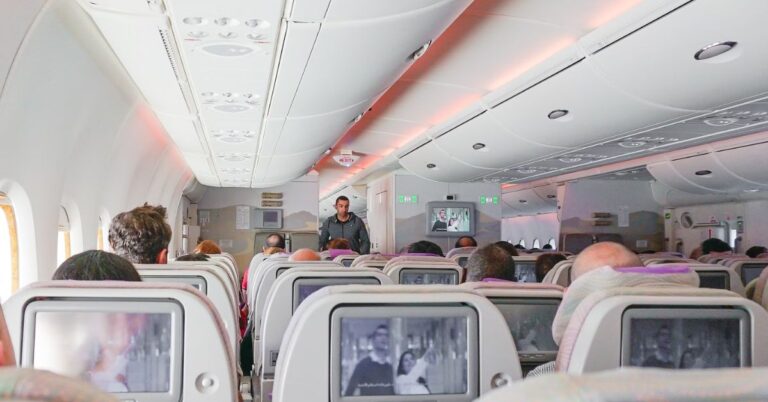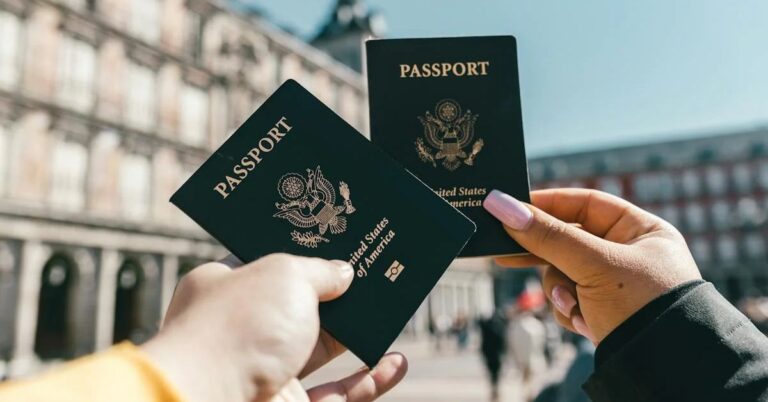15 Common Money Traps Tourists Fall For In Las Vegas
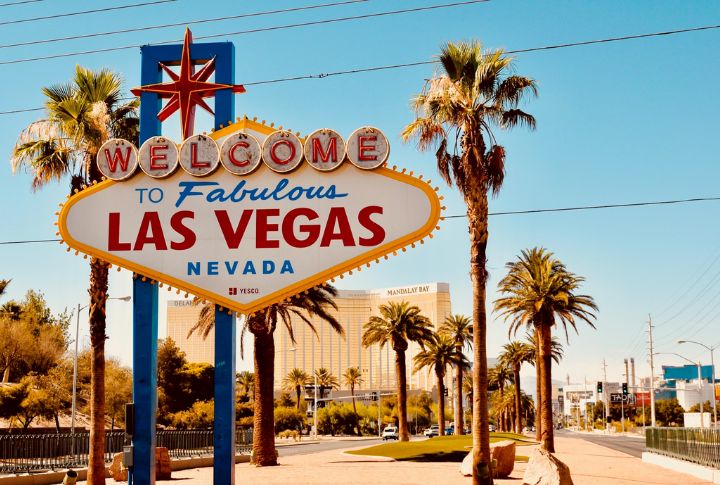
Las Vegas is popular for its world-class entertainment and nonstop excitement. However, not everything in Sin City is a jackpot. Beneath the glitz and glamour lie costly traps designed to separate tourists from their money. So, let’s look at the most common money-wasting traps in Las Vegas and smarter alternatives to save money.
Resort Fees At Major Hotels

Many hotels advertise low room rates but tack on hefty resort fees ranging from $30 to $50 per night. These fees supposedly cover amenities like Wi-Fi, gym access, and newspapers, which many travelers find unnecessary. Unlike other cities, these fees are mandatory and non-negotiable.
Timeshare Presentations

Las Vegas is full of timeshare salespeople offering “free” show tickets or buffet vouchers in exchange for attending a presentation. These high-pressure sales pitches can last for hours and often use aggressive tactics to get you to sign up for costly commitments. Many tourists leave feeling exhausted and regretful, realizing they were tricked into a pricey contract.
Lines At The Welcome To Fabulous Las Vegas Sign

While the Las Vegas welcome sign is an iconic photo spot, the wait for a picture can sometimes take over an hour. Tourists stand in long lines in the desert heat for a shot. Instead of waiting in line, take a photo from the side or visit the replica sign at The Neon Museum.
Overpriced Gondola Rides At The Venetian
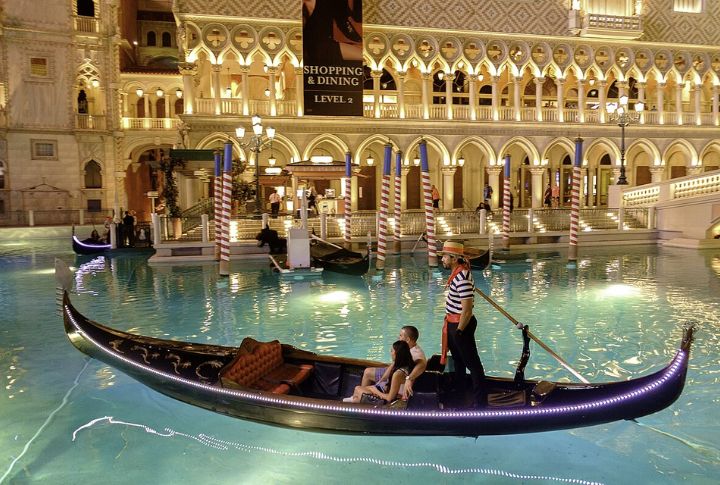
Venetian gondola rides may look romantic, but they come with a hefty price tag—around $35 per person for a shared ride. The experience lasts less than 15 minutes, making it one of the most expensive activities in Vegas per minute. Many travelers find it underwhelming compared to gondola rides in Venice.
The Las Vegas Monorail
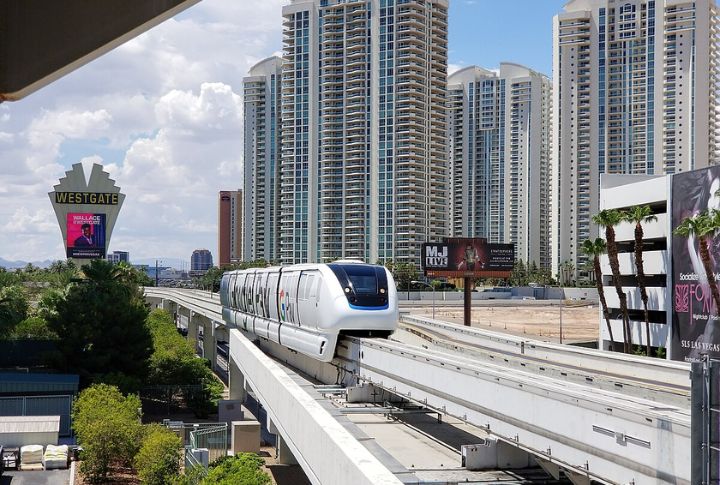
Though the Las Vegas Monorail seems like a convenient way to travel, it doesn’t go to major attractions like Fremont Street. The monorail stations are often a long walk from the Strip, making taxis or rideshares a more practical choice. A single ride costs around $5, which adds up quickly compared to other transportation options.
Tacky Souvenir Shops On The Strip
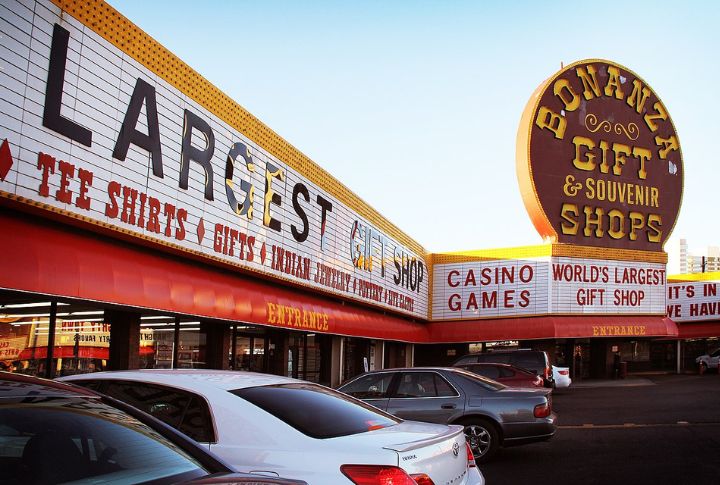
Many souvenir shops on the Strip prey on tourists by selling overpriced and low-quality merchandise. Items like $10 keychains can be found at off-strip stores for a fraction of the price. Some shops also push “discount” tickets or fake promotions. Instead, check out The Neon Museum gift shop for authentic Vegas memorabilia.
Expensive Buffets
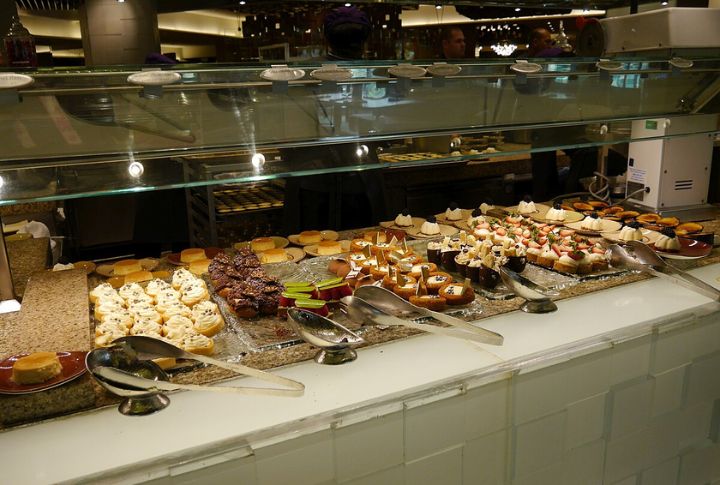
Buffets in Las Vegas used to be an unbeatable deal, but many have declined in quality. Some buffets charge $70 or more per person, often offering mediocre food that isn’t worth the cost. Many restaurants on the Strip serve better meals for the same price or less. Additionally, long lines at peak times make the experience frustrating.
Street Performers And Costume Characters

Las Vegas Boulevard is filled with people dressed as superheroes and movie characters who pose for photos. Many tourists assume the photos are free, but these performers expect tips—sometimes aggressively. Some even demand specific amounts. While a few are friendly, others use guilt or intimidation to extract money.
Bottled Water Sellers On The Strip
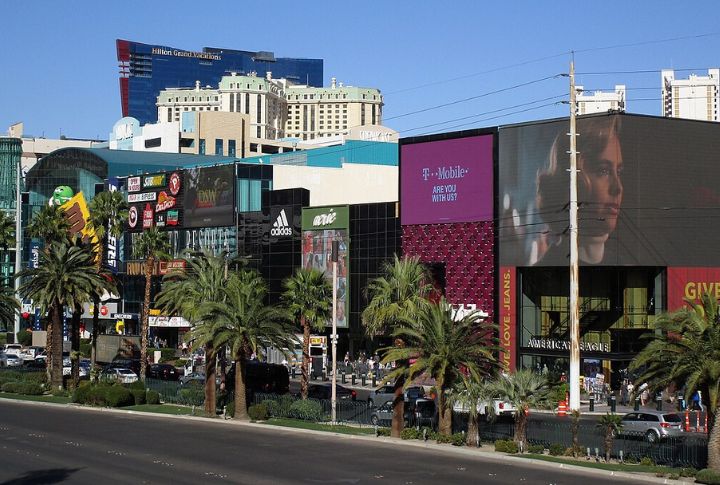
During hot days, many unlicensed vendors sell bottled water on the Strip for $1 or $2. While it seems like a cheap deal, these bottles are often stored in unsanitary conditions, with some being refilled and resealed. Since they are not regulated, there’s no guarantee the water is safe to drink.
Casino ATMs With Outrageous Fees
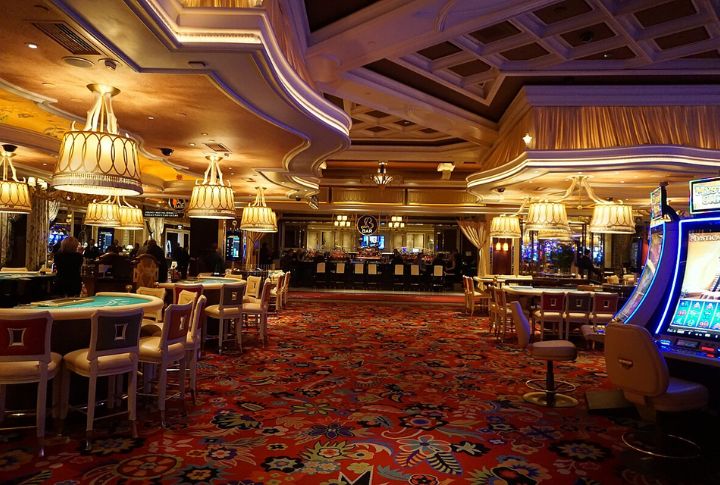
ATMs inside casinos charge some of the highest withdrawal fees in the country, often $8 to $10 per transaction. On top of that, your bank may add its own fee. If you need cash, withdraw money before arriving in Las Vegas or use a bank ATM away from the Strip.
Pricey Nightclubs With Long Lines
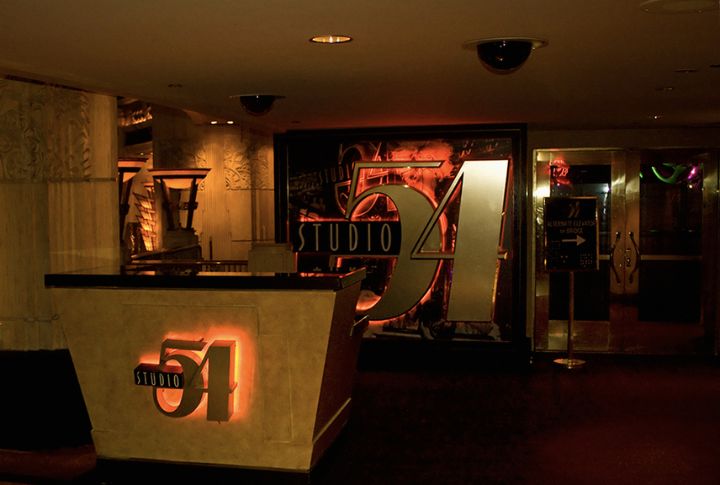
Several nightclubs in Vegas promote VIP entry and bottle service but overcharge guests. General admission can exceed $50, with drinks priced at $20 or more each. Promoters often promise fast entry but leave guests waiting in long lines. To experience Vegas nightlife, check club websites for presale tickets or go during off-peak hours.
Mini Bars In Hotel Rooms
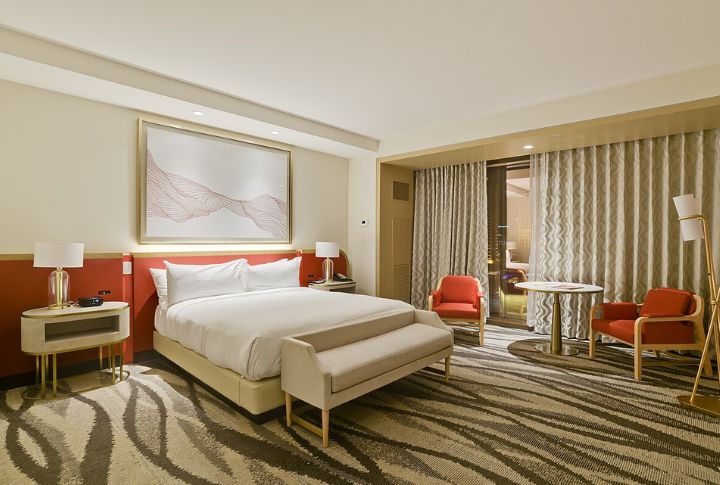
Hotel mini-bars in Las Vegas are notorious for their outrageous prices. A can of soda costs $8, while a tiny bottle of liquor may cost $20 or more. Some have weight-sensitive sensors, charging you automatically if you move an item. It’s better to buy drinks and snacks from a nearby convenience store.
“Winning” Casino Strategies Sold Online
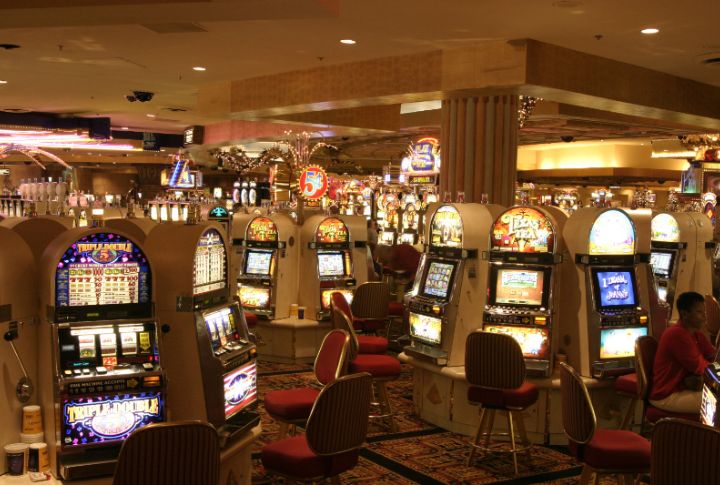
Many online courses claim to teach foolproof strategies to beat Vegas casinos. In reality, gambling is designed to favor the house, and no method can guarantee a win. Strategies, like card counting in blackjack, are difficult to execute and can get you banned. Instead of spending money on scams, work with a budget.
Elaborate Drink Promotions
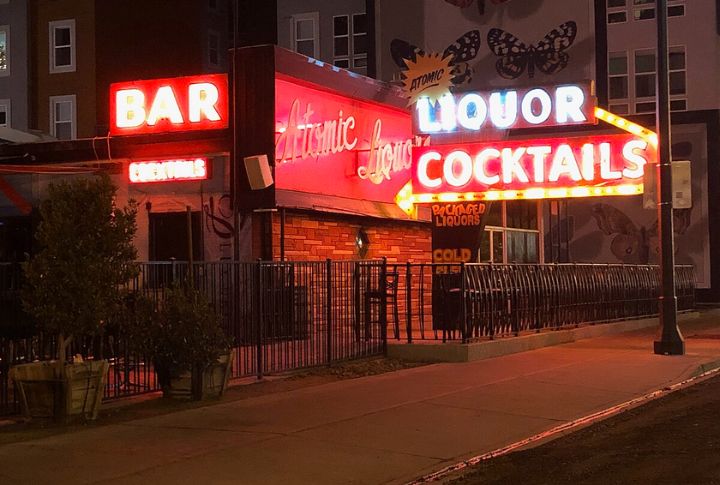
Bars and casinos often advertise oversized cocktails and souvenir cups, but these drinks are typically overpriced and weak. The 100-ounce yardstick drink may look fun, but it’s usually filled with cheap liquor and ice. Some bars offer “free” refills, but only if you buy another expensive drink first.
Fake Luxury Brand Sales
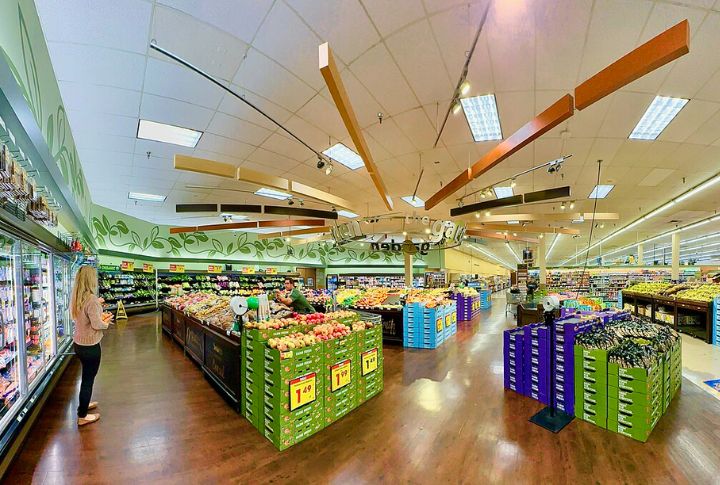
A few shops on the Strip sell fake designer items, claiming they are “overstock” or “clearance” deals. Many tourists fall for these scams, thinking they are getting high-end goods at a discount. However, the items are often knockoffs with poor quality. Avoid any store that seems too eager to sell you a “once-in-a-lifetime” deal.




